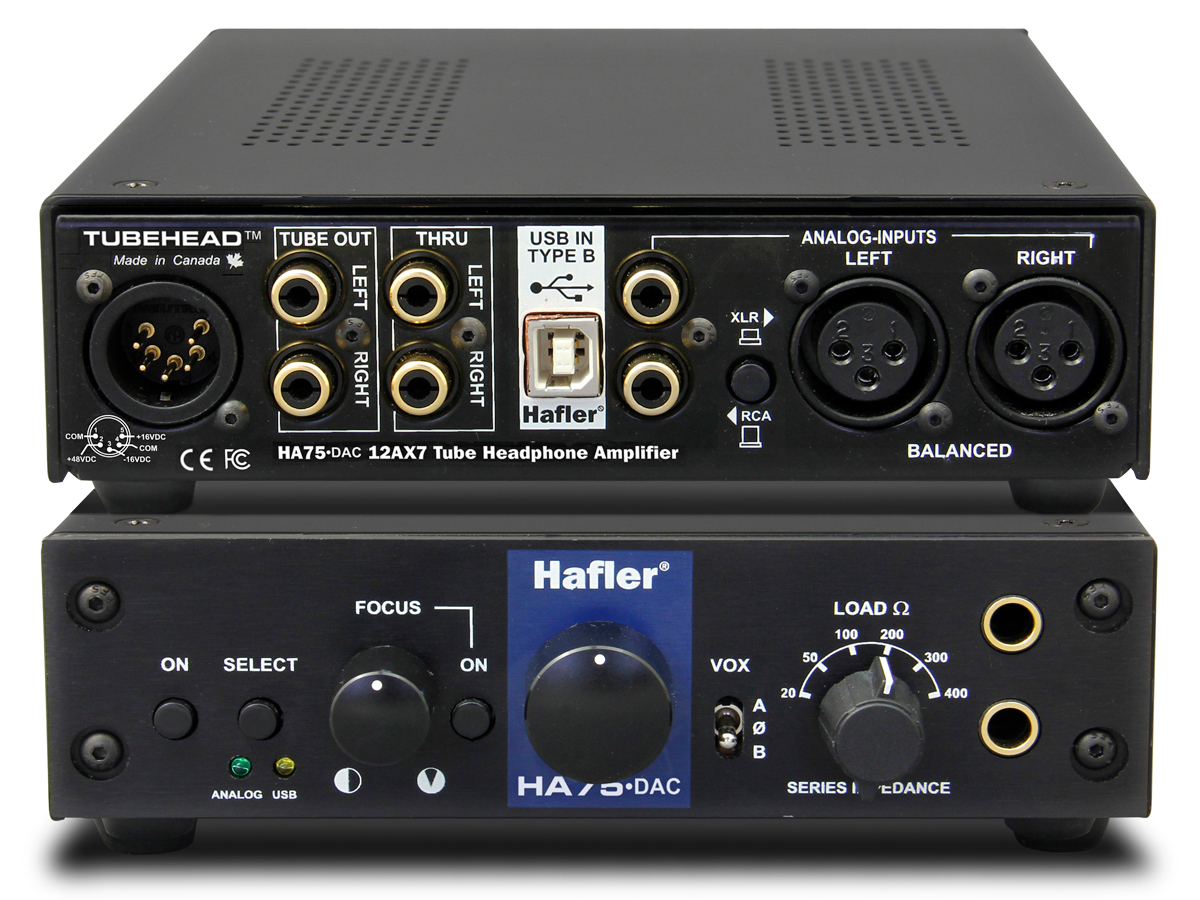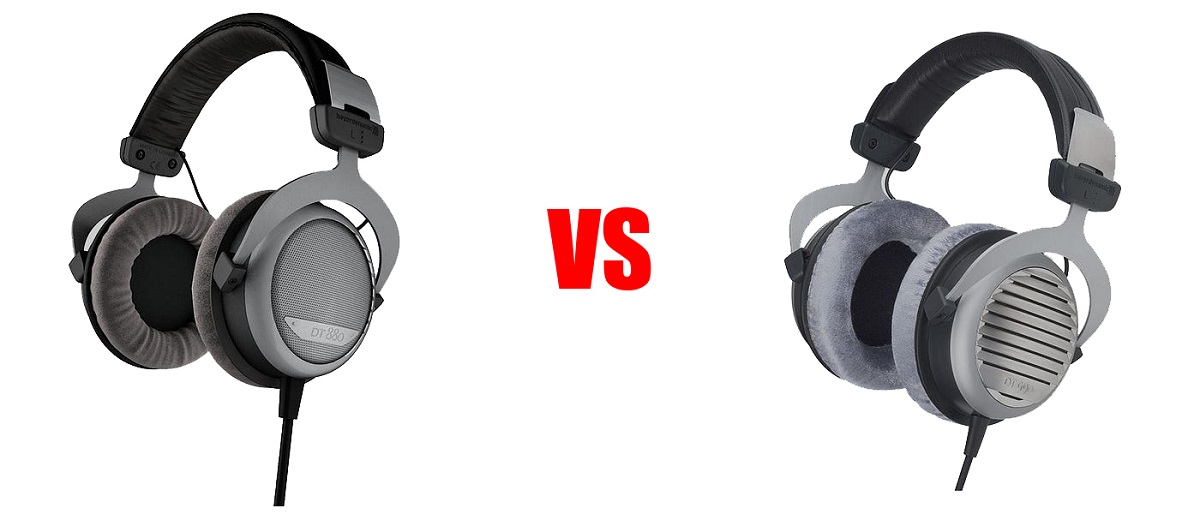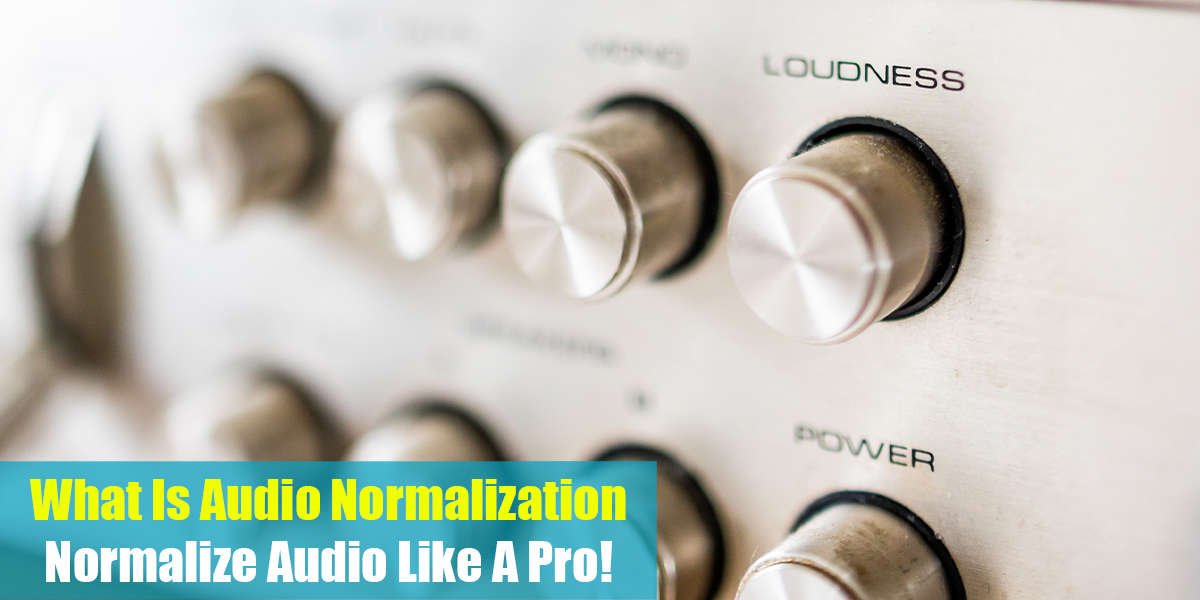What is Headphone Impedance
Introduction
It has been a long time since headphones were bulky, uncomfortable, and cumbersome as they were in the past. Modern headphones are lightweight, comfortable, and designed to produce high-quality sound.
You can get the most out of your headphones if you understand some technical aspects of headphone design in order to get the most out of them. The impedance of your headphones is a critical specification that determines the quality of the sound you will hear.
Your headphones will sound better if you understand what impedance is and why it is important for your device. Despite its importance, impedance is often overlooked when choosing headphones.
As a result of having encountered this problem on so many occasions, we have decided to write an article explaining the subject of headphone impedance in greater detail.
What is Headphone Impedance?
For the first time, the term impedance was used at the end of the 19th century, and, by definition, it represents the resistance of a circuit when current flows through it. Measurement of impedance is indicated by the letter Z and is expressed in Ohms.
When the voltage and current are constant (direct current), it is also equal to zero. However, when alternating current output voltage is applied to the device, it cannot be equal to zero. The impedance of a circuit that consists of capacitors, inductors, and resistors describes the relationship between voltage and current.
An impedance measurement of headphones describes the reactive resistance the headphones apply to an incoming audio signal. A characteristic impedance can cause frequency response distortion and a significant change in the transient response, in addition to being a good indication of how easy headphones are to drive (e.g., their maximum loudness).
It is possible for the impedance value of headphones to change with frequency, which means that some frequencies will be attenuated more than others when the headphones are excited.

Does Headphone Impedance Affect Sound Quality?
To put it simply, the higher the impedance of the headphones, the higher the voltage required to produce adequate sound. Smartphones and notebooks typically do not possess the same amount of power as hi-res players or stereo systems.
It is therefore more appropriate to use headphones below 100 dB for mobile devices. In contrast, headphones with a rating greater than 100 decibels are commonly used in professional applications, including stationary systems with headphone amplifiers. As long as the devices in the studio area supply enough voltage, a high impedance does not affect a well-equipped stereo system or studio use.
The situation is different when using a mobile phone or tablet: headphones with a high impedance often sound too quiet. The following is a rule of thumb: headphones with a higher impedance generally produce a more precise sound. In contrast, headphones with low impedance are better suited to mobile devices such as smartphones and tablets.
There is a difference in power requirements for headphones with different impedances, and headphones sound best when they are driven at a power level that matches their impedance.

Why is it Important to Know Headphone Impedance?
An impedance mismatch will not damage your headphones or the audio source, but it is very important to follow the basic rules of impedance matching to ensure optimal performance. When low-impedance headphones are used with a battery-powered device, such as a player with a 3-5 volt battery, the signal voltage at the output of the electrical audio signal is low, which enables these two devices to create a high current, resulting in a great sound.
A powerful amplifier, however, may blow out low-impedance headphones because they have a low threshold limit. As we have mentioned previously, headphones can be categorized according to their impedance into two groups: headphones with low impedance and headphones with high impedance.
There are a variety of theories regarding the impedance of headphones. While some consider low impedance to be impedance lower than 25 Ohms, others believe it can go even higher. Our group belongs to the other group and we consider any impedance below 50 Ohms to be low.
High vs Low Impedance Headphones
The high-impedance headphones (ranging between 50 and 600 Ohms) are headphones that require a large amount of power to operate, and they are often used in music studios and by DJs.
The majority of high-impedance headphones are designed for professional use, but if you have a good amplifier that matches your headphones, you can also use them at home. It would be a great disappointment if you tried to drive them using your phone or took them outside of the house.
The most common type of headphones on the market are low-impedance headphones (16, 18, 32, 40 Ohms, etc.). It should be noted that most portable headphones (on-ear, over-ear, earbuds, in-ear) fall into this category. These headphones are designed to be used while connected to portable devices or electrical devices that can provide power and audio (e.g., smartphones, tablets, players, etc.).
Due to the fact that these devices are battery-powered, they cannot provide enough power to your headphones. It is for this reason that we use them with low-impedance headphones that do not require a power source to operate.
Is Higher Impedance Better for Headphones?
It is better to have a high impedance because it provides better sound quality. It is, however, more appropriate to listen to low-impedance equipment on phones or laptops for casual listening purposes.
High-impedance equipment is typically used by audiophiles or professionals because it requires bulky special equipment. Someone listening to music at home has very different needs than a professional DJ or music producer. It is likely that your laptop or phone can support headphones with resistance between 25 and 32 ohms, but not much higher.
When headphones are plugged into professional music equipment with multiple devices plugged in simultaneously, high impedance helps them to not blow out. Additionally, they produce a louder, crisper, and more polished sound experience than headphones with low impedances. Although low-impedance headphones are suitable for casual listening, audiophiles and professionals tend to choose headphones with ratings above 250 ohms.
It is not necessary for the average person to have special external amplifiers and other systems capable of operating those headphones. Occasionally, we need something light, easy, and functional for listening on the go, and that is where low impedance shines the brightest.
Headphone Models with Multiple Impedances
It is customary for a particular headphone model to be available in only one impedance. The DT880 and DT990 headphones are available in 32, 250, and 600-ohm versions. The DT770 headphone is available in 32, 80, or 250-ohm versions.
It is possible to achieve an enhanced quality of sound with high-impedance headphones if they are properly matched with an appropriate amplifier, at least with models such as the Beyerdynamic models described above.
There are excellent-sounding low-impedance headphones available, so please do not take this to imply that there are none. A lower moving mass is one of the reasons why high-impedance headphones sound better than those with a 32-ohm impedance. The voice coils for headphones with 250- and 600-ohm impedances have a lower moving mass than those with a 32-ohm impedance.
Due to the smaller diameter of the 600-ohm voice coil wires, the wires fit tighter, resulting in less air between the windings, thus enhancing the voice coil’s electromagnetic field. In comparison with low-impedance headphones, these high-impedance versions exhibit less distortion.

How To Choose The Right Headphone Impedance?
In order to choose the correct impedance, the topic of matching or bridging headphone impedance will need to be addressed. How would you define this term? As the name implies, it refers to the idea of matching the source impedance with the headphone impedance.
As a result, the headphone offers better overall performance. When considering headphone impedance 16 vs 32, it is important to consider the source. When listening to music on a smartphone or portable device, 32 ohms is less recommended due to the comparatively high power requirement.
Conversely, if you are using a home theater system, either will suffice. You will need headphones with an impedance level of less than or equal to 25 ohms if you are planning to listen to music on your phone or computer casually.
To listen to uncompressed, high-fidelity music or to use it in the studio, you should get headphones with an impedance rating greater than 30 ohms. Generally speaking, low-impedance devices are easier and more accessible. A studio-quality pair will have a high impedance, however.
More Impedance = Better Performance?
As a result of all the discussion, you may believe that headphones that require an external amplification unit sound better. However, this is not the case. Furthermore, high-impedance headphones serve another purpose, particularly when used as DJ headphones.
As a result, a high-impedance headphone is better suited to handling the power supplied to it while maintaining excellent audio quality. One would only prefer higher-impedance headphones if the output power or impedance of the source is high (as with preamplifiers or low-quality amplifiers) or if the application is specific.
Generally, headphones have a low impedance because not everyone wishes to purchase a high-end amplifier to drive a pair of headphones that are 300-600 ohms. The volume should not be increased. Specifically, we mean with greater clarity and dynamic. An amplifier that can drive a 600-ohm DT990 is a rewarding experience.
Conclusion
It is now clear how your headphone amp and impedance affect the quality of your music-listening experience. In the end, it does not matter how much you spend on headphones if you use them with the wrong output device.
To avoid wasting money, do your research first. Keep in mind that impedance does not directly affect sound quality in headphones. The headphone impedance can be defined as the resistance of the drivers.
In the form of Ohms, it impacts the power requirement of the headphones, which will eventually have a significant impact on the sound quality of the headphones. In order to summarize what we have discussed about impedance, let us take a moment to do so.
The topic is complex, but it does not need to be difficult to understand. We hope you have gained a better understanding of impedance and how it affects headphones.







